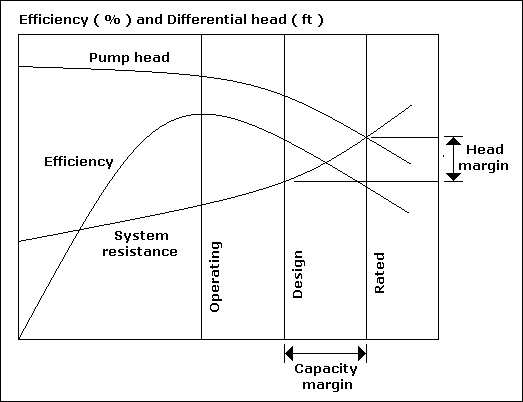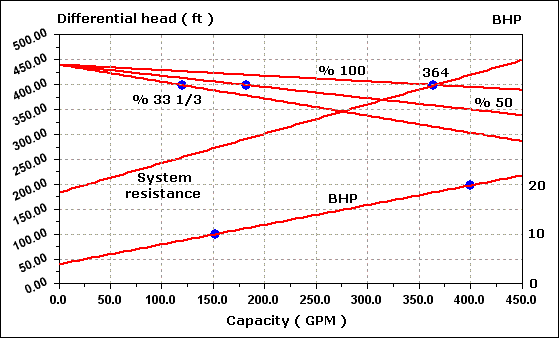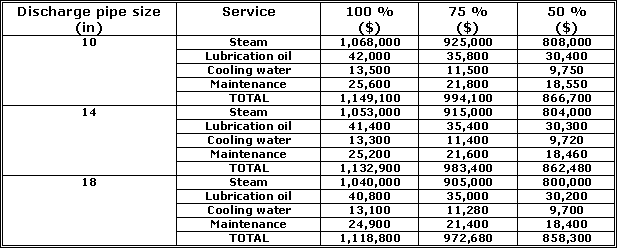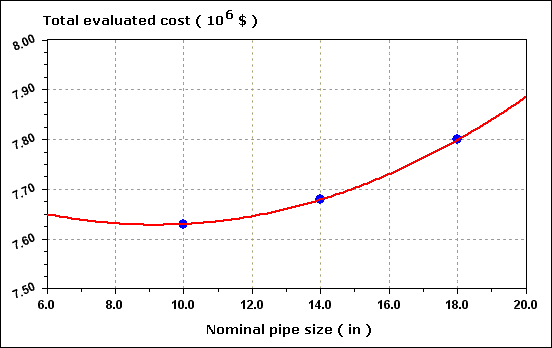
The energy capacity margin is added to ensure operability at the desgin value. The head margin results from the capacity margin to fit the system resistance. Other allowances for pump performance are left to the supplier because they are subject to manufacturing tolerances.













